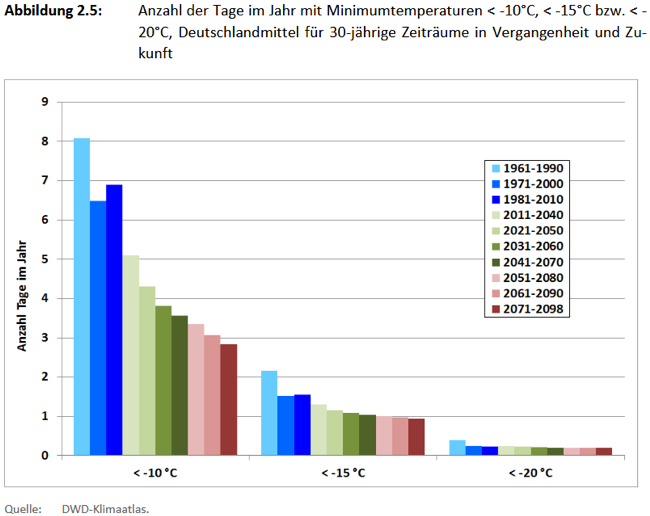Climate change has a variety of consequences that are difficult to assess. It affects all farming systems: forestry, arable farming, horticulture, specialty crops and urban greenery. Plant growth starting earlier in the year and rising night temperatures allow higher and longer activity for many pests, especially insects. They can reproduce more frequently and spread further rapidly. At the Julius Kühn Institute (JKI), the population dynamics of various pests and pathogens are therefore being studied and, for example, relationships with weather development are being investigated.
Many harmful insects benefit from milder winters. For example, more virus-infected aphids survive, which then attack the plants early in spring and spread the disease rapidly. This can be observed, for example, with the barley yellow dwarfing virus. Certain diseases in viticulture, such as the blackwood disease of the vine, have migrated from Southern Europe with their animal vectors, in this case the thermophilic cicadas.
Fungal diseases such as black rust from cereals also benefit from climate change. The fungal spores come from Africa to Germany with dry desert winds and have found good development conditions here in recent years.
Heat-loving weeds spread and change the spectrum of species to be controlled in the field. Farmers must respond to this in the medium term with management measures. To do this, it is important to know whether the herbicides approved today are effective at all or whether resistance may already be present.
In recent years, field mice have increased in numbers. We are also investigating whether this phenomenon is related to climate change.
Extreme weather conditions have a direct influence on the application of plant protection measures. For example, treatment dates cannot be adhered to during prolonged drought, but also during heavy rainfall, and mechanical weed control measures cannot be carried out according to plan.

Source:
http://publ.ext.zalf.de/publications/59d71b87-00a8-4ba5-8ea8-0a9d5f9ea839.pdf (capitel 2.3.2 - 2.3.4, Thünen Report 30, S.16)